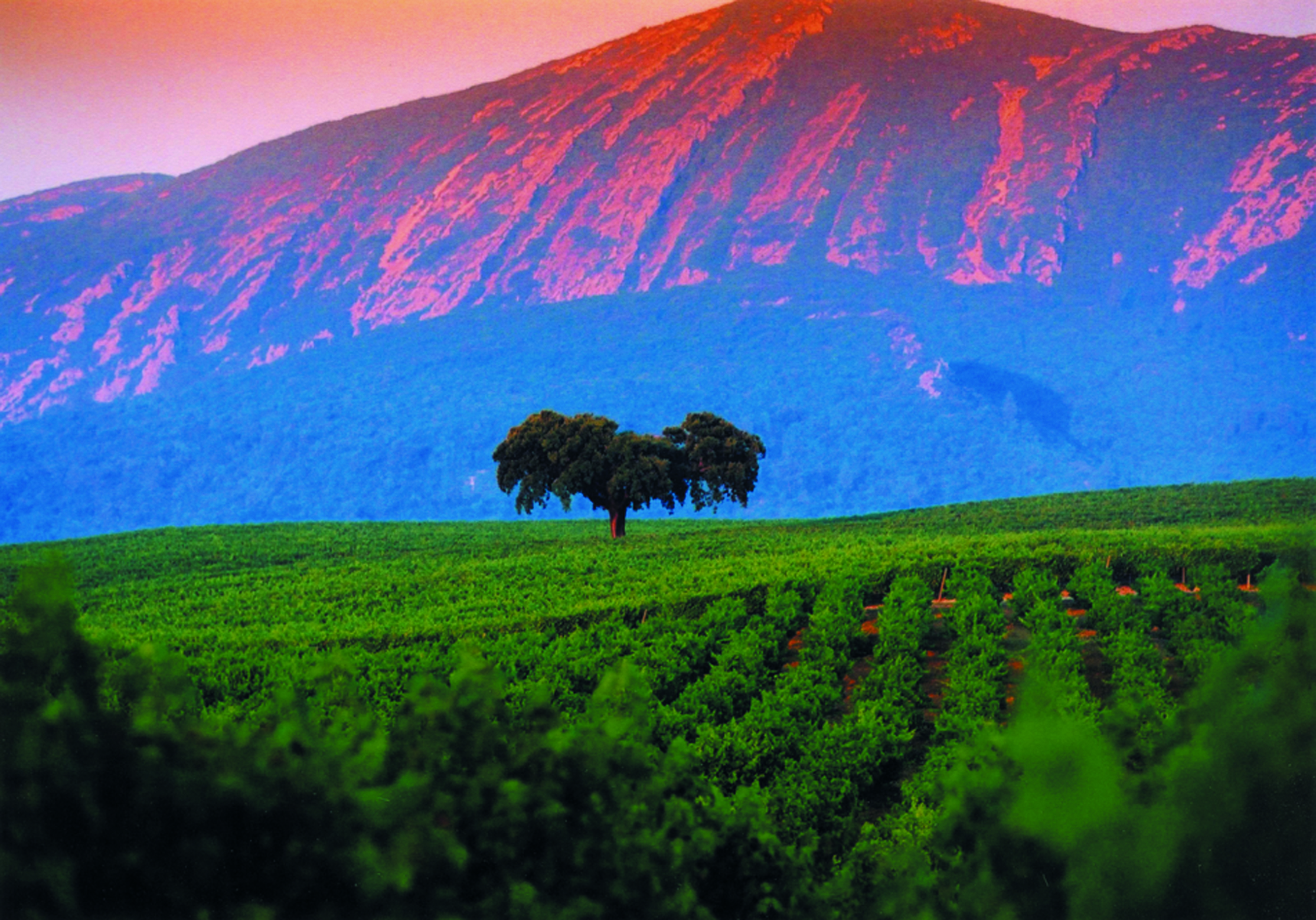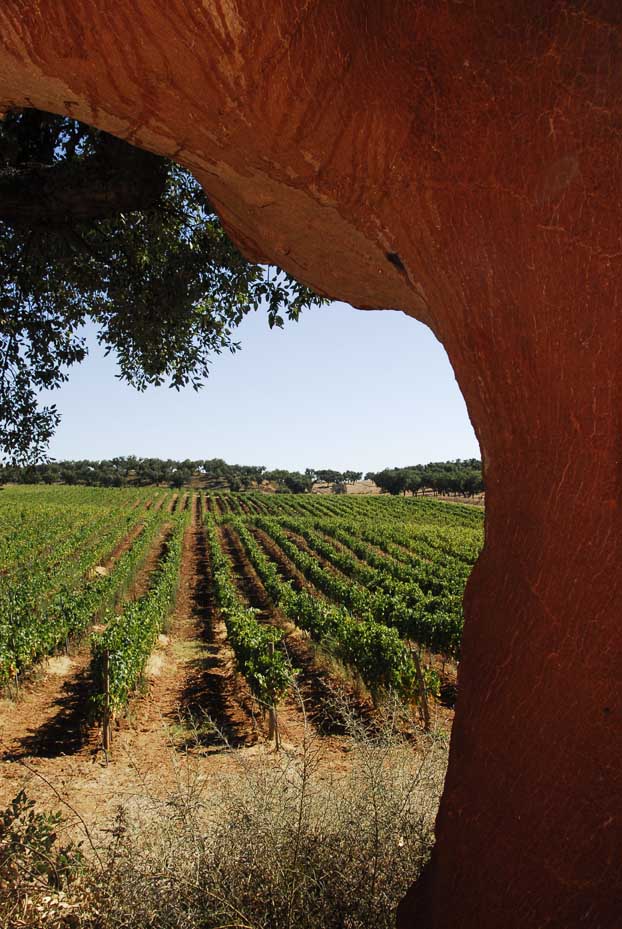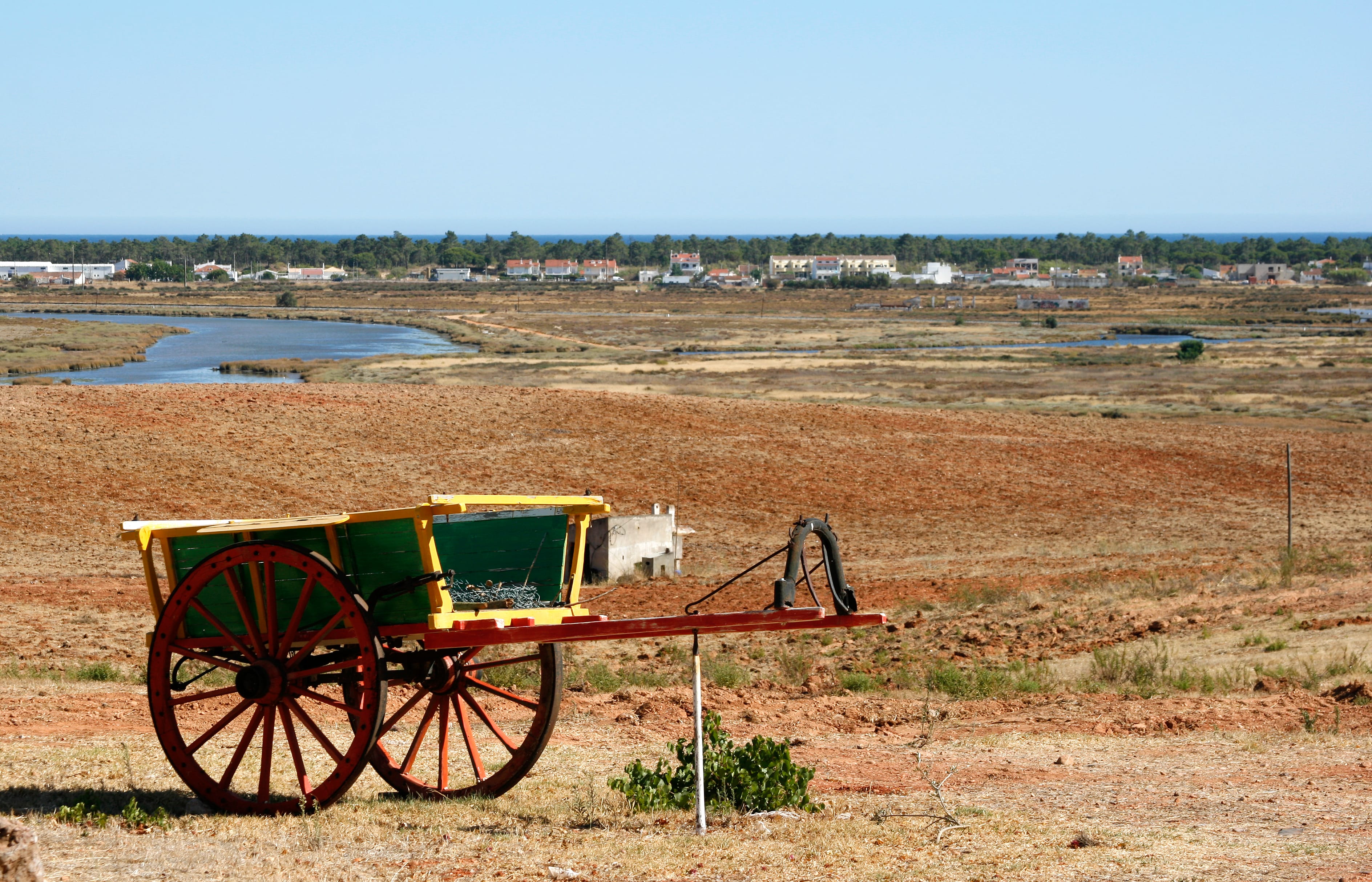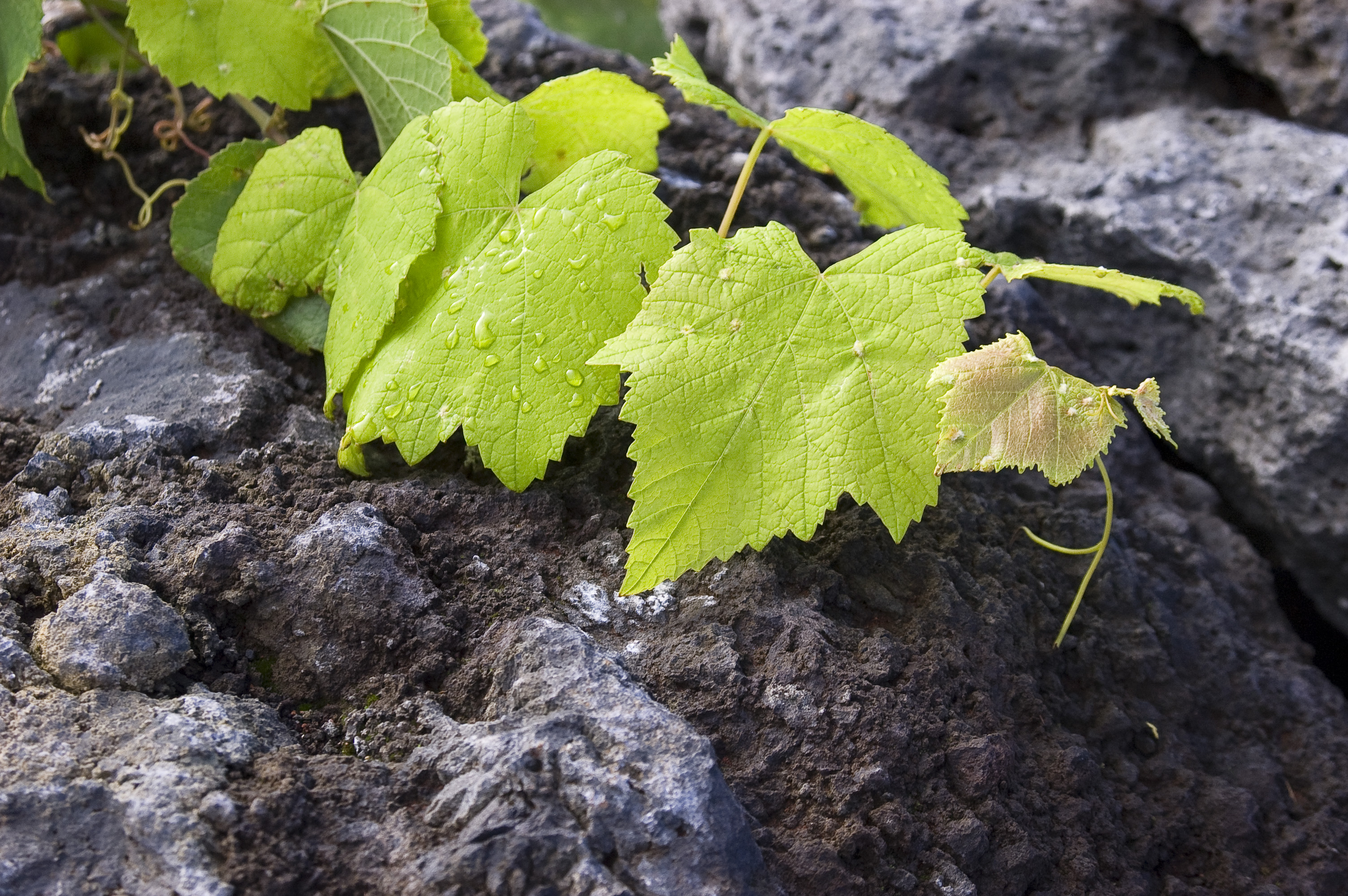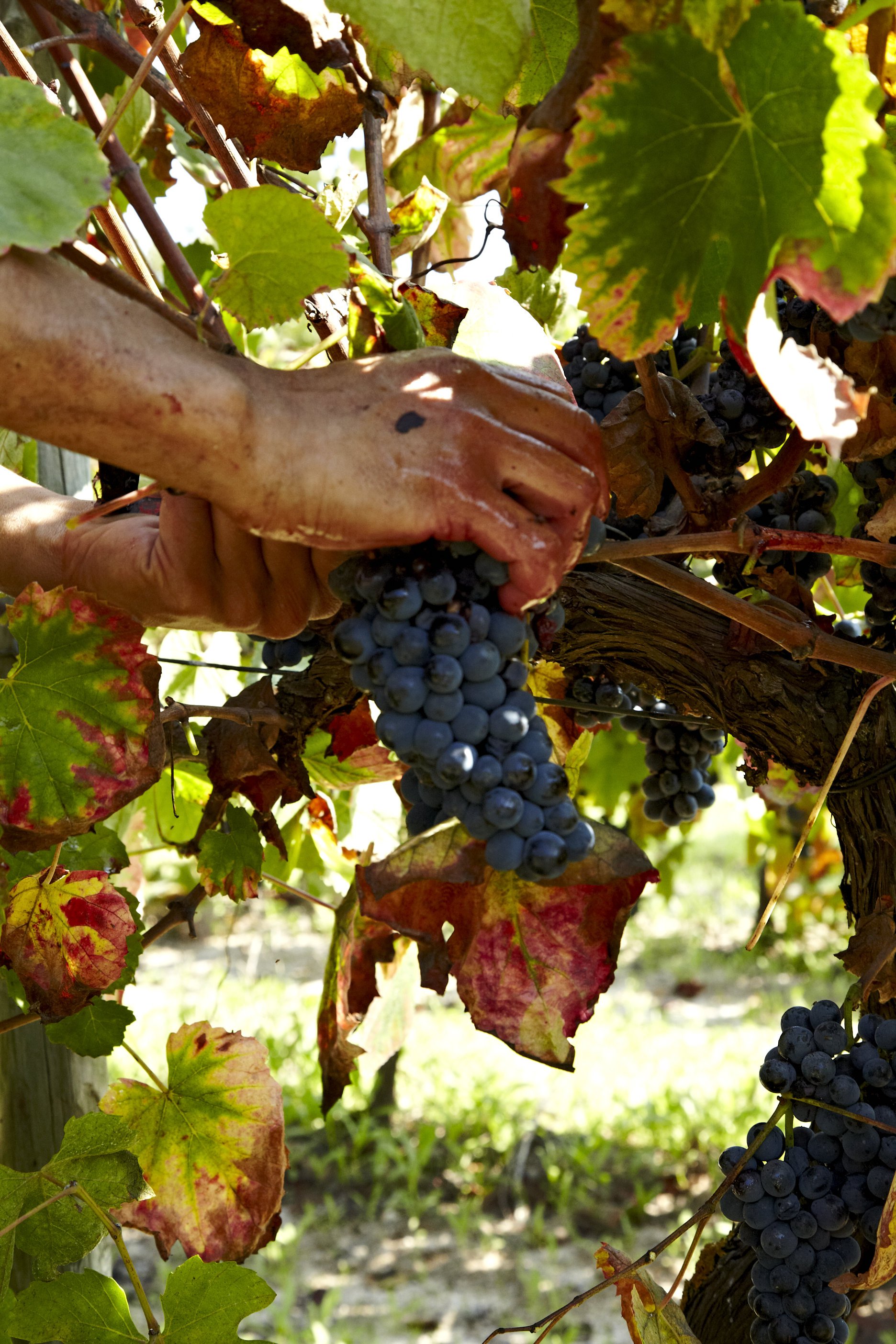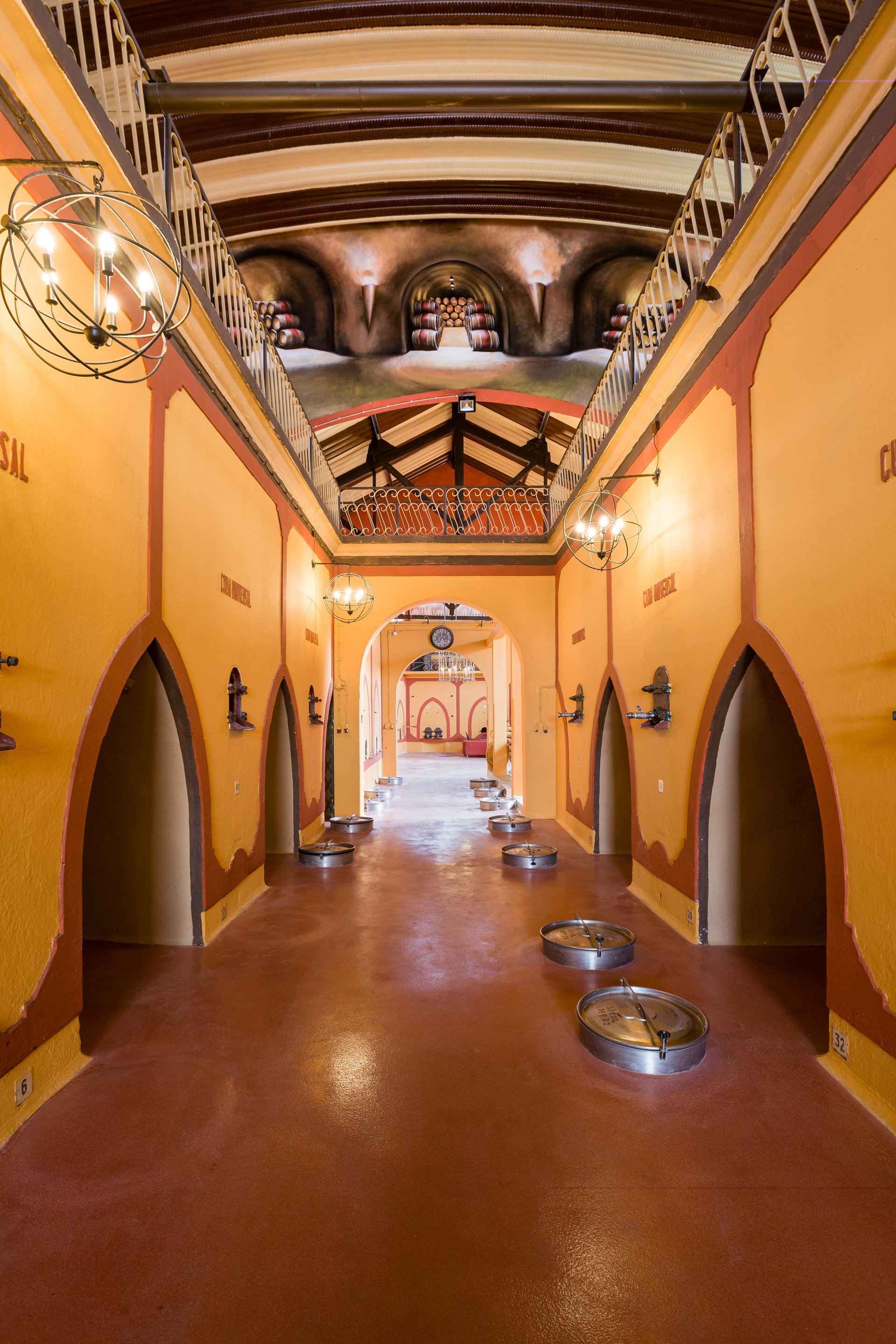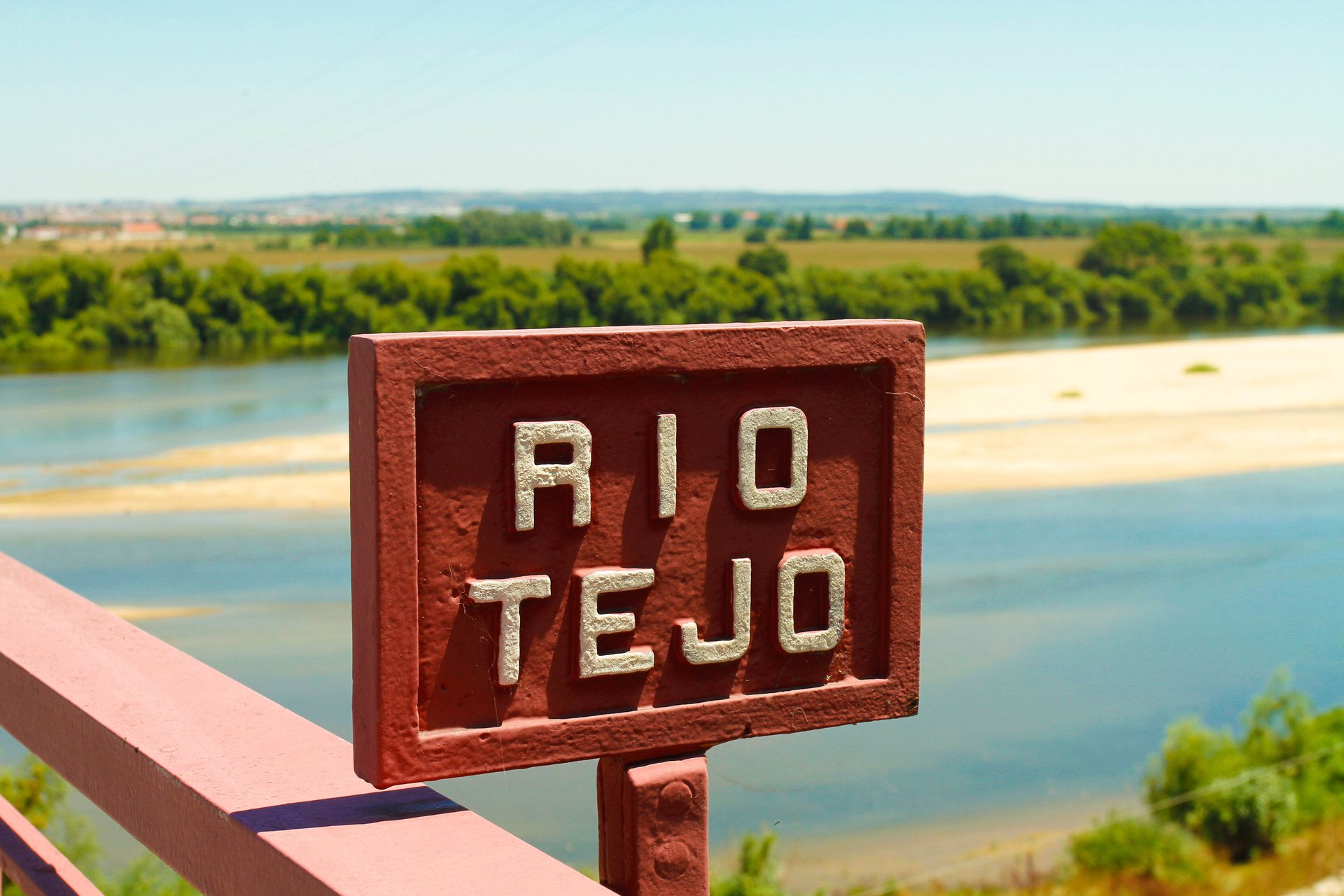Wine Regions
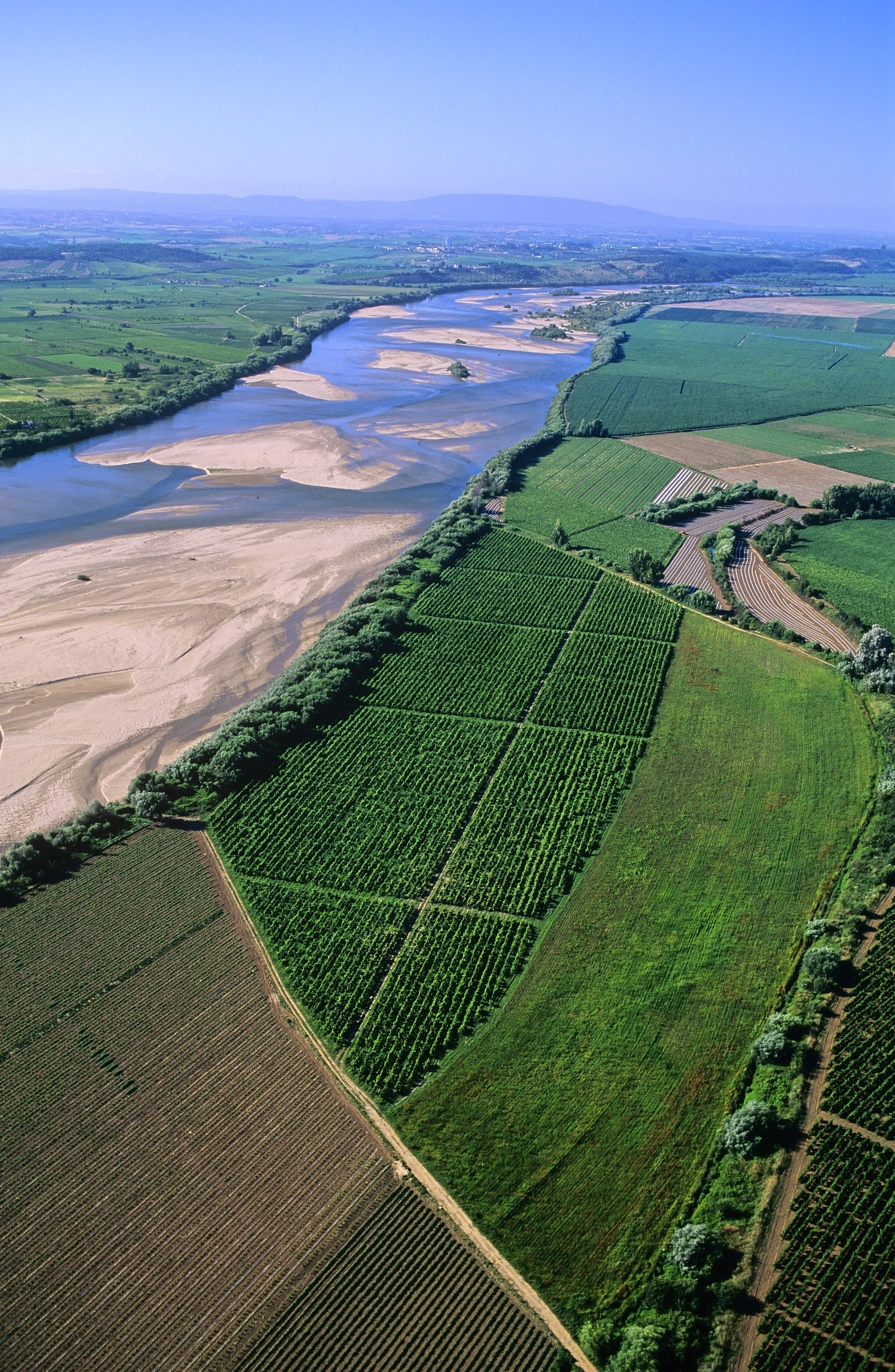
Viticulture has deep roots in Tejo and it is heralded as one of the oldest wine producing regions in the country. Vineyards have graced the banks of the Tejo River (Tagus in English) since Roman times, and the influence of past grape-growing cultures is evident in the many architectural relics dotting the landscape.
Formerly known as Ribatejo, since 2009 the region has now simply been called Tejo, a tribute to the river that has defined its landscape, climate and economy for centuries. The river can also be credited for shaping the distinct Tejo terroirs, making the surrounding plains and riverbanks an ideal terrain to cultivate Portugal’s native grapes.
Photo Gallery of Tejo's Wine Region
With a focus on quality and balance, the wines of Tejo are some of the most vibrant and affordable produced in Portugal today, offering a diverse array of styles appealing to all tastes and budgets.
Tejo’s native red grapes include the bold Touriga Nacional—Portugal’s most famous varietal—as well as Trincadeira, Castelão and Aragonês. The aromatic Fernão Pires and the lively Arinto produce some of the region’s most refreshing white wines. These indigenous grapes thrive in the Tejo region’s warm climate and complex soils, while retaining high natural acidity, to produce balanced wines with bright fruit characteristics.
Sharing the land with ancient villages, olive groves and cork forests, the Tejo wineries – each with its own unique story and style – are united by a common goal to produce high-quality wines expressive of the land on which the grapes are grown. The resulting wines embody the enthusiasm, commitment and collaborative nature of an impassioned Portuguese people who believe in the very special terroir that defines the Tejo region.
Among the region’s unique and distinctive traditions are foot-treading (crushing and stomping grapes underfoot); community harvest (local women hand-plucking ripe fruit while singing traditional folk songs); and usage of traditional cork closures (using native, natural and sustainable Portuguese cork from the region’s 30,000 acres of cork trees).
The terroir of the region is deeply defined by the very nature of the Tejo River. The river`s breadth and strength elementally impacts the soil and climate of the region, producing three distinct wine-producing zones: Bairro, Charneca and Campo.
Bairro
The Bairro area is located north of the Tejo River. These highlands are comprised of rolling hills and sweeping plains rich with limestone and clay soils. Further north, patches of earth contain schist deposits, encouraging the vines to establish deeper roots.
Charneca
To the south of the Tejo, is the Charneca zone. The Charneca is a dry, flat area marked by poor, sandy soils that force the vines to struggle, and in turn produce more complex fruit. In this zone, higher temperatures compel the grapes to mature faster than in the rest of the Tejo region.
Campo
The Campo lies along the very edges of the Tejo riverbanks. The proximity to the river lends to a more maritime climate, moderating the temperatures and helping to contribute to the fruitiness, acidity and freshness in the wines. The alluvial soils of these plains provide good drainage and sustain the many vineyards located here.
The region’s passionate wine producers are renewing their focus on quality and balance by combining experimentation, investment in modern equipment, a commitment to lowering yields and the cultivation of terroir-specific grapes. Old World heritage is being combined with fresh, forward-thinking approaches to wine production. The results are wines that appeal to modern-day wine sensibilities and enjoyment.
Tejo wines are some of the most vibrant and affordable emerging from Portugal today, and offer a diverse array of styles that appeal to a variety of tastes and budgets. Tejo’s native red grapes include the bold Touriga Nacional, Portugal’s most famous varietal, as well as Trincadeira, Castelão and Aragonês. The aromatic Fernão Pires and the lively Arinto, as well as Alvarinho and Verdelho, produce some of the region’s most refreshing white wines. The region’s indigenous grapes thrive in Tejo’s warm climate and complex soils, while retaining their high natural acidity, producing balanced wines with bright fruit characteristics.
The wines from Ribatejo were already famous before Portugal became a country. In 1770, in the foral (royal document) of the city of Santarém, D.Afonso Henriques made reference to these wines.
From the 13th to the 15th Century, a number of measures were taken by Portuguese kings to protect this region's wines. One of such measures was to prohibit the entrance of wines produced outside the region.
Gil Vicente refers to Tejo wines, namely the wine from the Abrantes region, in his work "Pranto de Maria Parda". In Almeida Garrett's "Viagens na Minha Terra", Dâmaso Xavier dos Santos is remembered, a great agricultural owner from Cartaxo who dedicated himself to the liberal cause, ruining his entire fortune.
